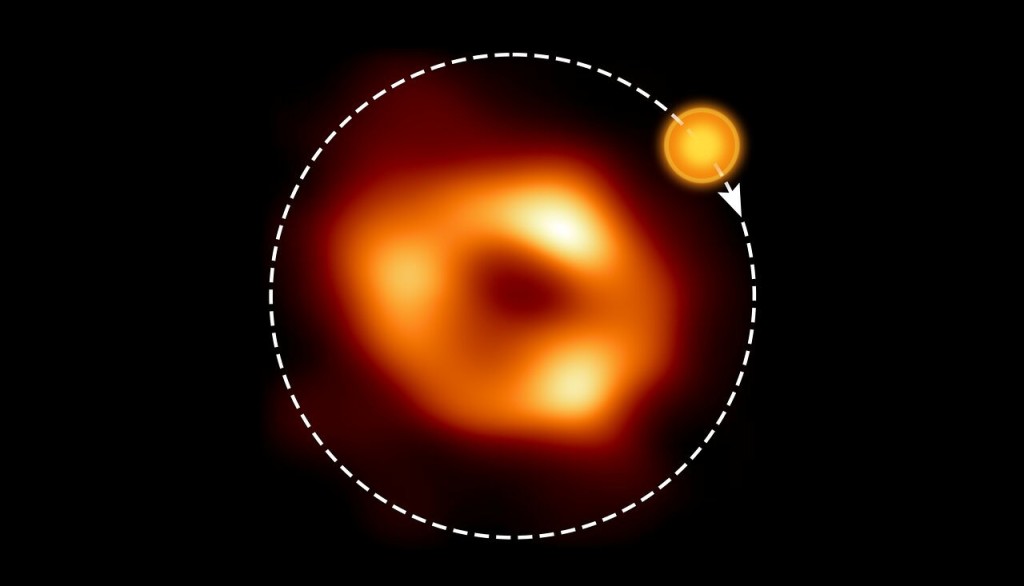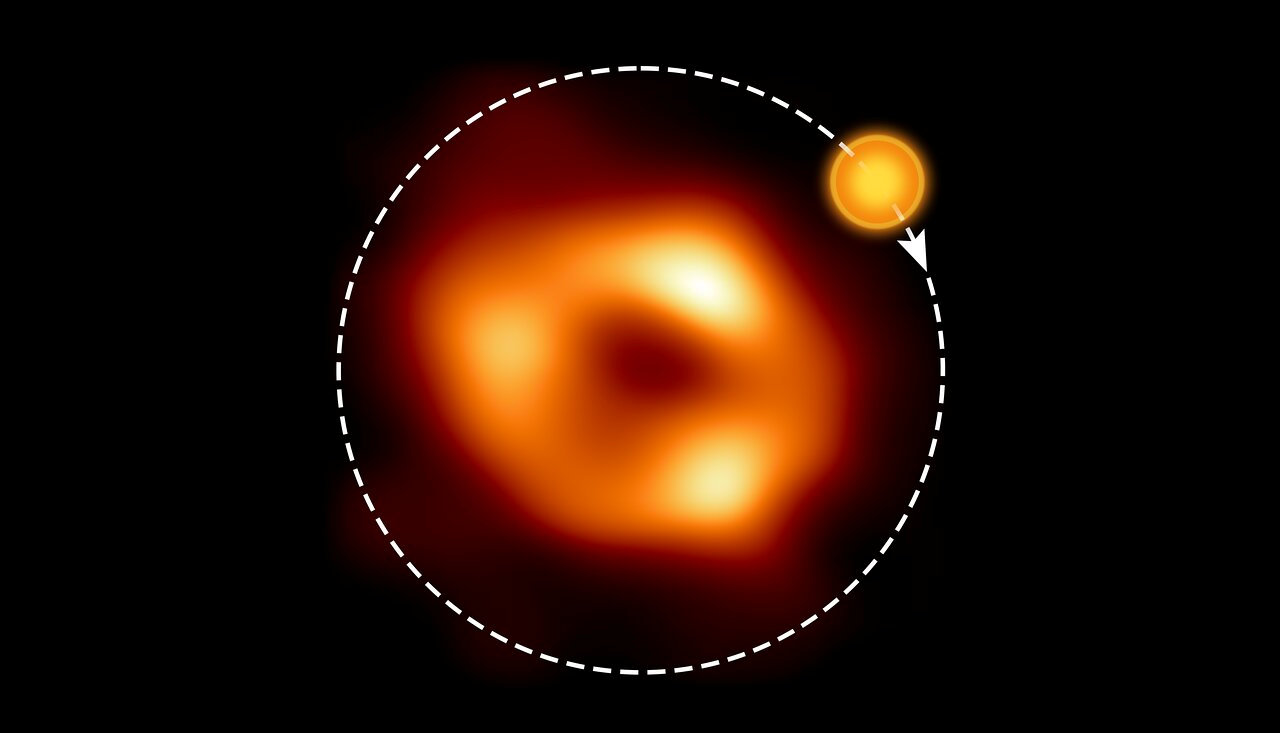
Scientists recently spotted a hot bubble of gas orbiting the supermassive black hole at the center of the Milky Way at 200 million miles an hour, or around 1/3 the speed of light.
The observations suggest that not only can these gas bubbles be imaged in X-ray and infrared wavelengths, but also radio waves, which should allow for more to be imaged more quickly and more easily.
The discovery was made using the ALMA Telescope high in the Chilean Atacama Desert to make the recordings in radio waves, and part of a network of telescopes called the EHT Collaboration that resulted in the first ever image of Sagittarius A*—the famous in April of 2017.
“We think we’re looking at a hot bubble of gas zipping around Sagittarius A* on an orbit similar in size to that of the planet Mercury, but making a full loop in just around 70 minutes. This requires a mind-blowing velocity of about 30% of the speed of light!” says Maciek Wielgus of the Max Planck Institute for Radio Astronomy in Bonn, Germany, who led the study published today in Astronomy & Astrophysics.
Dr. Wielgus and colleagues used ALMA data recorded simultaneously with observations of Sagittarius A* made by the EHT.
Serendipitously, some observations of Sag. A* were done shortly after a burst of X-ray energy was emitted from the center of the Milky Way that was detected by NASA’s Chandra Space Telescope.
RELATED: Black Hole at the Heart of Our Own Galaxy is Pictured For First Time
These kinds of bursts, previously observed with X-ray and infrared telescopes, are thought to be associated with these gas bubbles.
“What is really new and interesting is that such flares were so far only clearly present in X-ray and infrared observations of Sagittarius A*. Here we see for the first time a very strong indication that orbiting hot spots are also present in radio observations,” says Wielgus.
This hot gas is believed to have a magnetic origin, and the authors agree that their findings support this hypothesis.
YOU MAY ALSO LIKE: Astronomers Think They’ve Detected a ‘Dark’ Free-Floating Black Hole For the First Time
Furthermore, they are believed to be the source of the occasional X-ray bursts from the center of the galaxy, but not only is it clear they can be viewed in radio waves, but also that they come from clumps of this superfast, super heated gas, offering insight into the innerworkings of an object in Sag. A* that’s about ten billion times bigger than the sun.
SHARE This Interesting Astro-Phenomenon With Your Space Nerd Friends…




















